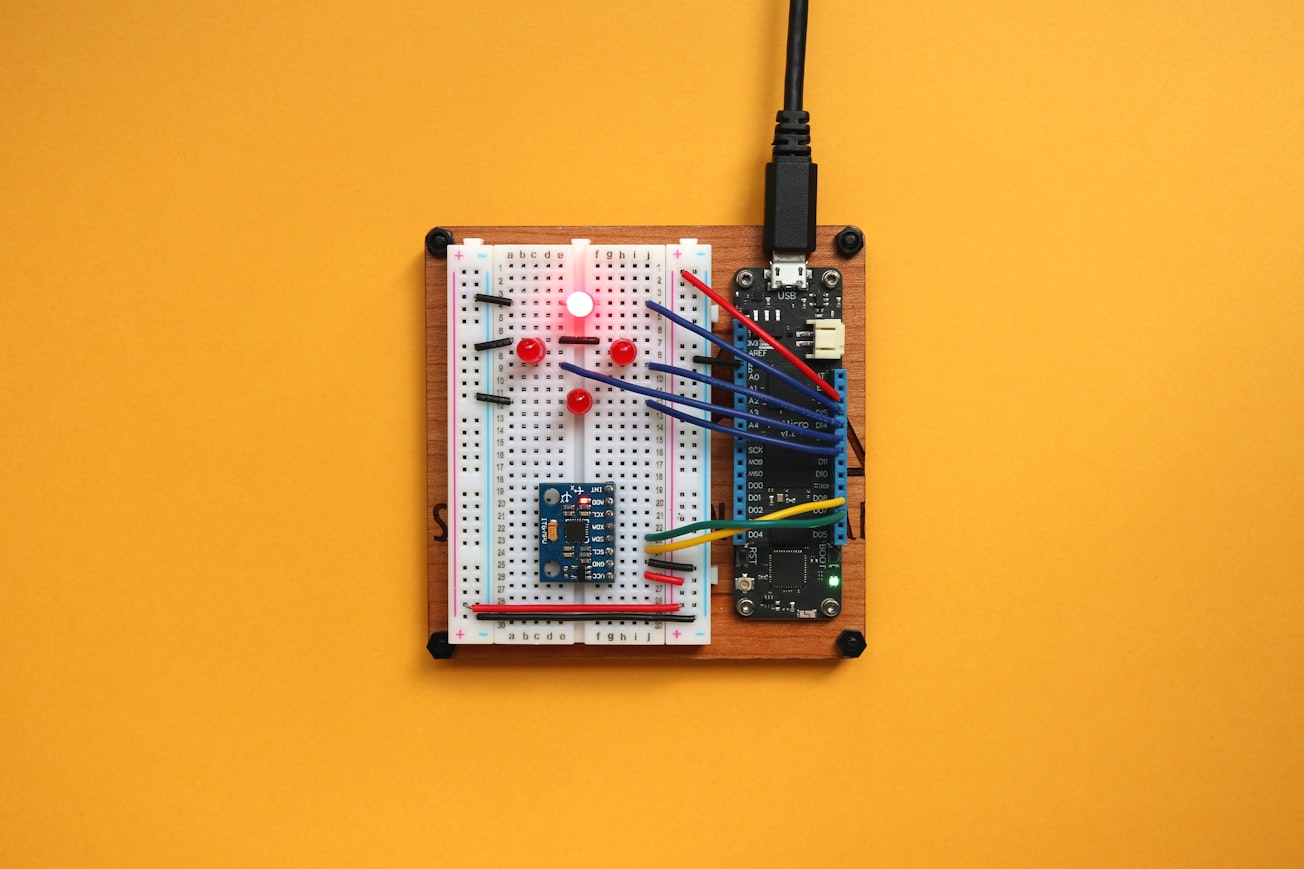What is it about?
This work uses MCM-41 as a mesoporous silica material to develop a Metal-Insulator-Semiconductor (MIS) capacitor for the detection of various solvents. The aim is to understand the physical and chemical interactions of polar and nonpolar solvents on the MCM-41 surface using molecular interactions simulations and capacitance-voltage measurements for the development of a solvent sensor.
Featured Image

Photo by Jorge Ramirez on Unsplash
Why is it important?
Many accidents in the industry are caused by solvents. To prevent these accidents, a solvent sensor can be used. For the community of sensor developers, it is essential to understand the physical and chemical interactions between solvents and materials used in sensing. To provide insight into this area, we have reported on the physical and chemical interactions of polar and nonpolar solvents on the MCM-41 surface for developing a solvent sensor. The MCM-41 surface has four types of silanol moieties: geminal silanols, isolated silanols (terminal or free), and vicinal silanols , and siloxane or ethereal silanols. Methanol, a protic solvent, is more reactive on the MCM-41 surface than nonpolar solvents such as chloroform.
Perspectives
We are confident that this article will be a valuable source of information for the development of sensors. It presents extensive details on the physical and chemical interactions of polar and nonpolar solvents on mesoporous materials, which is critical for the advancement of solvent sensor technologies.
Yesmin Panecatl Bernal
Instituto Tecnológico Nacional de México -Campus Zacatlán
Read the Original
This page is a summary of: Physical and Chemical Interactions of the Polar and Nonpolar Solvents on the Mesoporous Silica Material to Developing Solvent Sensors., ChemistrySelect, March 2023, Wiley,
DOI: 10.1002/slct.202204636.
You can read the full text:
Contributors
The following have contributed to this page







